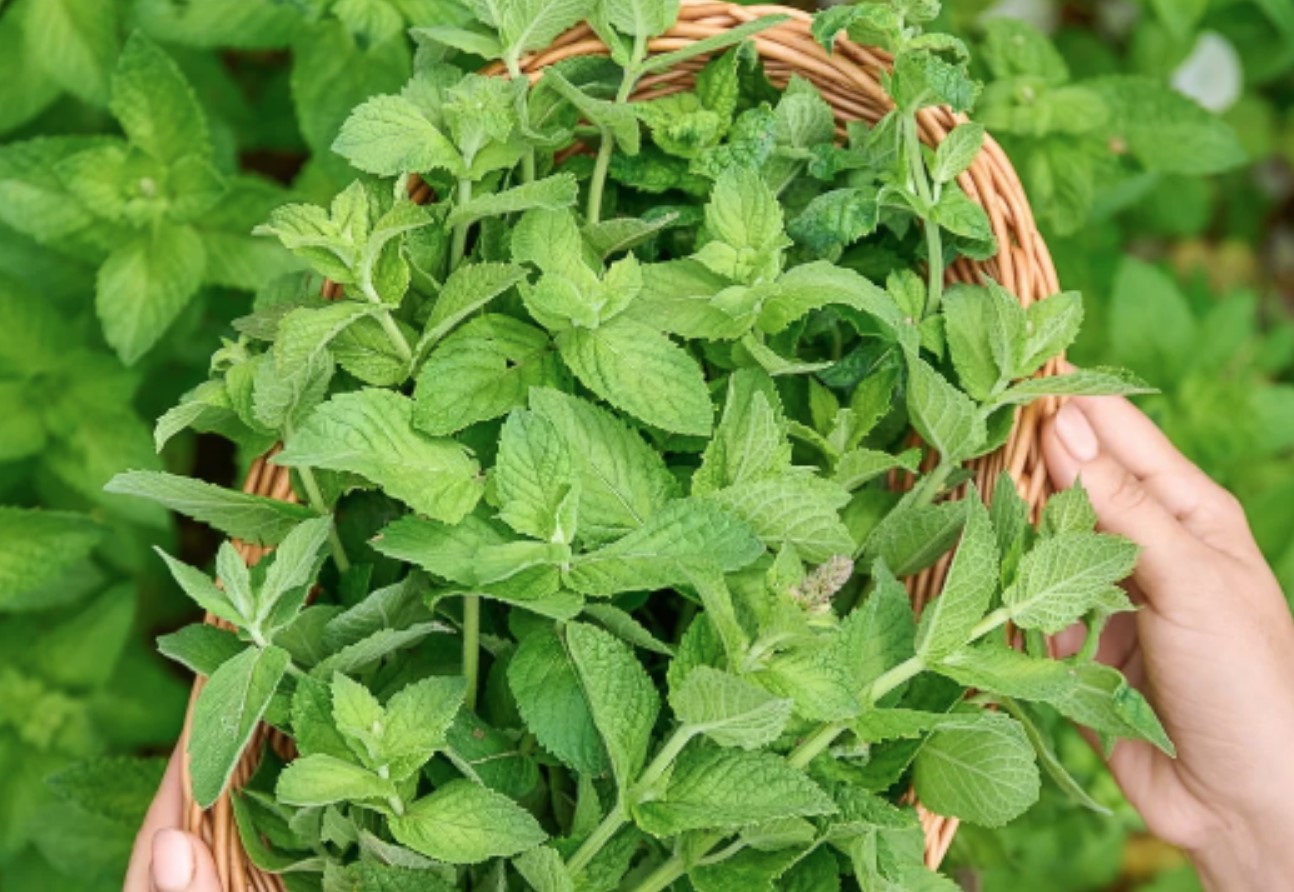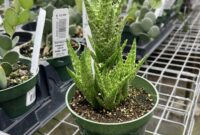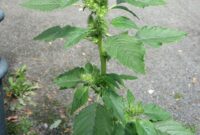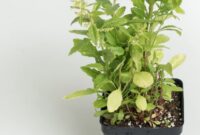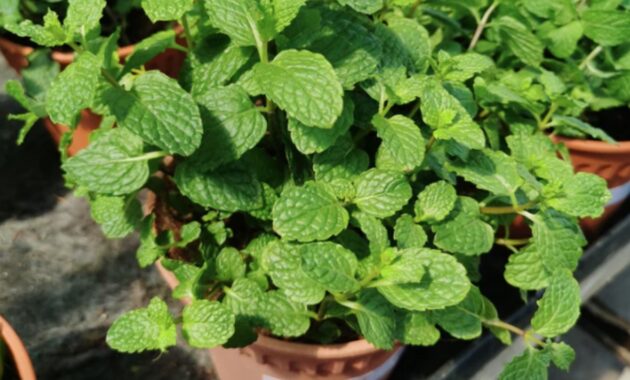
What is Mentha canadensis?
Mentha canadensis, commonly known as Canadian mint or wild mint, is a perennial herbaceous plant belonging to the Lamiaceae family. It’s native to North America and is widely recognized for its aromatic leaves and diverse medicinal properties. This versatile herb has been used for centuries in traditional medicine and culinary practices.
Mentha canadensis Identification
Identifying Mentha canadensis is relatively straightforward. It typically grows as a low-lying plant with square stems and oppositely arranged leaves. The leaves are serrated, lanceolate, and emit a strong, minty aroma when crushed. The plant produces small, purple or pink flowers that bloom in the summer.
Mentha canadensis Habitat
Mentha canadensis is adaptable to various habitats. It thrives in moist, shaded areas, such as riverbanks, wetlands, and forest edges. It can also be found in disturbed areas like roadsides and fields.
Mentha canadensis Cultivation
Growing Mentha canadensis is relatively easy, making it a popular choice for home gardens. Here’s a basic guide to cultivating this fragrant herb:
- Soil Preparation: Choose a well-draining soil rich in organic matter.
- Planting: Plant Mentha canadensis in early spring or late summer.
- Sunlight: While it prefers partial shade, it can tolerate full sun.
- Watering: Keep the soil consistently moist but avoid overwatering.
- Maintenance: Regular pruning can help control the plant’s growth and encourage bushier growth.
Mentha canadensis Care Guide
To ensure optimal growth and health, follow these care tips:
- Watering: Water regularly, especially during dry periods.
- Fertilizing: Apply a balanced liquid fertilizer every 2-3 weeks during the growing season.
- Pests and Diseases: Monitor for pests like aphids and diseases like powdery mildew. Treat promptly if necessary.
- Harvesting: Harvest the leaves and stems when the plant is in full bloom.
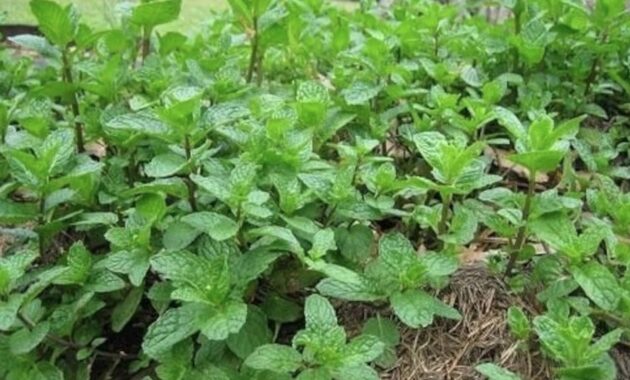
Mentha canadensis Essential Oil
Mentha canadensis essential oil is extracted from the plant’s leaves and stems through steam distillation. This oil is prized for its refreshing aroma and therapeutic properties. It is often used in aromatherapy, as a natural insect repellent, and in various skincare products.
Japanese Mint Properties
Mentha canadensis is sometimes referred to as Japanese mint, although it’s not native to Japan. This name likely stems from its popularity in Japanese cuisine and traditional medicine. The plant’s essential oil is used in Japanese cooking to flavor various dishes, including soups, noodles, and teas.
Mentha canadensis vs. Peppermint
While Mentha canadensis and peppermint (Mentha × piperita) share similarities, they are distinct species. Mentha canadensis has a milder, more herbaceous flavor compared to the stronger, more pungent flavor of peppermint.
Mentha canadensis Plant for Tea
Mentha canadensis leaves can be used to make a refreshing and soothing herbal tea. Simply steep a few fresh or dried leaves in hot water for a few minutes. This tea can help alleviate digestive issues, reduce stress, and promote relaxation.
Mentha canadensis Plant Uses
Mentha canadensis has a wide range of traditional and modern uses:
- Culinary: The leaves can be used to flavor dishes, teas, and beverages.
- Medicinal: The plant has been used to treat various ailments, including headaches, indigestion, and respiratory infections.
- Aromatherapy: The essential oil is used in aromatherapy to promote relaxation and reduce stress.
- Insect Repellent: The strong aroma of the plant can deter insects.
- Skincare: The plant’s soothing properties can benefit skin conditions like acne and eczema.
Wild Mint (Mentha canadensis)
Mentha canadensis is often referred to as wild mint due to its ability to thrive in various natural habitats. It can be found growing along riverbanks, in wetlands, and in disturbed areas.
Mentha canadensis in Traditional Medicine
In traditional medicine, Mentha canadensis has been used to treat a variety of ailments. It is believed to have anti-inflammatory, analgesic, and antimicrobial properties. The plant has been used to alleviate headaches, stomach aches, and respiratory infections.
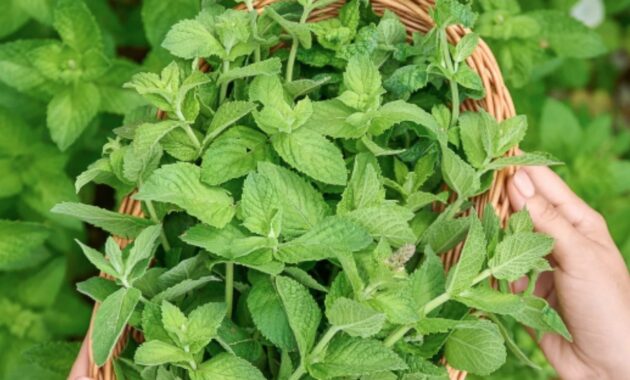
Edible Uses of Mentha canadensis
Mentha canadensis is a versatile herb with numerous edible uses:
- Tea: The leaves can be used to make a refreshing and soothing herbal tea.
- Culinary Herb: The leaves can be added to salads, soups, and sauces to add a fresh, minty flavor.
- Infused Water: The leaves can be infused in water to create a refreshing and hydrating beverage.
Conclusion
Mentha canadensis is a valuable herb with a rich history of medicinal and culinary uses. Its versatility, ease of cultivation, and numerous benefits make it a worthwhile addition to any herb garden. Whether you’re using it to flavor your dishes, soothe your ailments, or simply enjoy its refreshing aroma, this versatile plant has much to offer.
FAQs
- Is Mentha canadensis safe to consume?
Yes, Mentha canadensis is generally safe for consumption. However, excessive consumption may cause digestive upset in some individuals. - Can I use Mentha canadensis to repel insects?
Yes, the strong aroma of Mentha canadensis can repel insects like mosquitoes and flies. You can plant it in your garden or use its essential oil as a natural insect repellent. - How do I harvest Mentha canadensis?
The best time to harvest Mentha canadensis is in the morning, when the essential oil content is highest. Cut the stems just above a leaf node, leaving some foliage on the plant to encourage new growth. - Can I dry Mentha canadensis for later use?
Yes, you can dry Mentha canadensis by hanging the stems upside down in a warm, dry, and dark place. Once dry, store the leaves in an airtight container. - Can I propagate Mentha canadensis from cuttings?
Yes, Mentha canadensis can be easily propagated from stem cuttings. Simply cut a 6-inch stem, remove the lower leaves, and plant it in a pot of moist soil. Keep the soil moist and the cutting should root within a few weeks.
